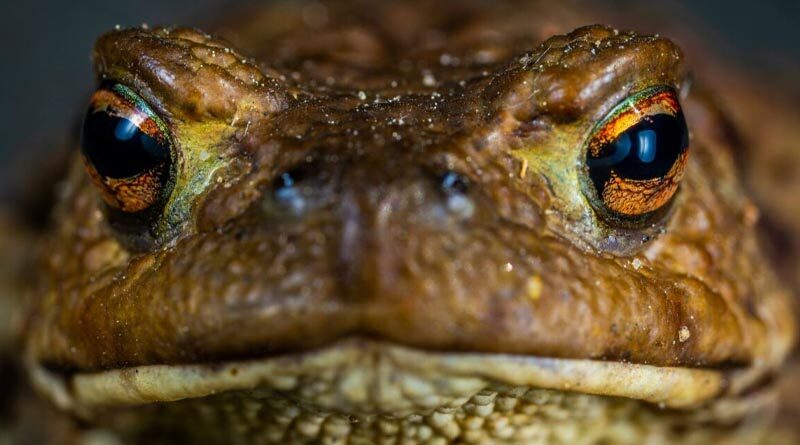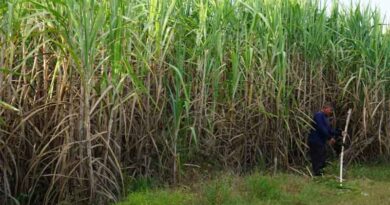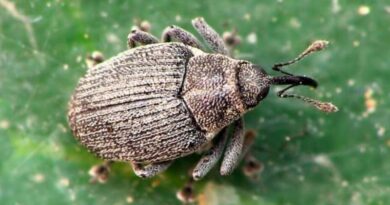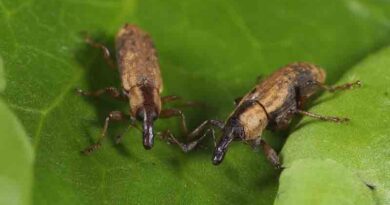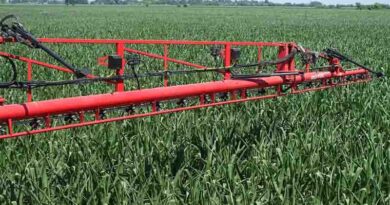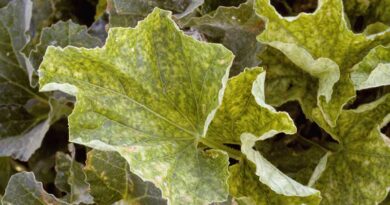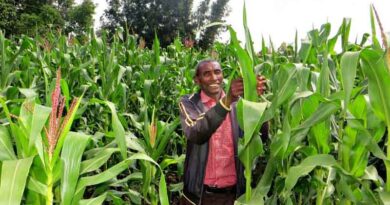Deadly cane toads make their mark on Australian wildlife and habitats
28 December 2022, US: The cane toad (Rhinella marina), also known as the giant toad, is a poisonous amphibian which is wreaking havoc throughout Australia.
Native to South America, Central America and Mexico, the cane toad was introduced to many countries to help control agricultural pests.
The giant toad has become highly invasive, feeding on almost any terrestrial animal and out-competing native amphibians for food and breeding habitat.
What does the cane toad look like and what characteristics does it have?
It is a heavily built, tough, warty creature with short legs. It can grow up to 30cm long. The venomous toad secretes a milky poison from the parotoid glands behind its shoulders.
The giant toad is hugely successful at reproducing. They can breed at any time of year and lay between 8,000 and 30,000 eggs at a time. Their diet consists largely of insects, but cane toads will eat almost any terrestrial animal.
How invasive is the cane toad and what impact does it have on biodiversity?
The amphibian, which also gets called the bufo toad, king toad and the Australian toad, is one of the most invasive species in the world. They typically devastate local native predators by 90% within a few months of arrival.
Cane toads now number into the millions in Australia with an ever-expanding range. They have also spread in Florida, Hawaii, Guam, the Philippines, the Caribbean islands, the western Pacific islands and Papua New Guinea.
Cane toads are highly adaptable and can be found in urban and agricultural areas, as well as dunes, coastal grasslands, and the edges of rainforests and mangrove swamps.
How poisonous is the cane toad?
Cane toads are toxic at all life stages – from eggs to adults. The cane toad’s deadly venom can harm and kill both pets and native species such as snakes and lizards that encounter them. Human deaths have been recorded following ingestion of the eggs or adults.
The Cane Toad Coalition and WWF Australia are working together to train native predators, such as the yellow-spotted monitor, freshwater crocodiles, northern blue tongue lizard and northern quolls, to recognise and avoid the taste of cane toads.
How can we prevent and control the cane toad?
In Southern Australia the main controls on the spread of cane toads are quarantine checks and public awareness campaigns. Research is underway in Australia into how to reduce and control the growing numbers of giant toads. This includes developing a biological control agent and using a parasitic worm that attacks and can kill cane toads.
Invasive species expertise
Invasive species are one of the five leading drivers of global environmental change. CABI has worked on invasive species for more than 100 years. We provide robust data on the impacts of invasive species on human well-being and the environment. In addition, we develop practical ways of tackling the biggest threats.
Also Read: Insecticides (India) launches new fungicide ‘Stunner’ for Downy Mildew disease in Grapes
(For Latest Agriculture News & Updates, follow Krishak Jagat on Google News)

